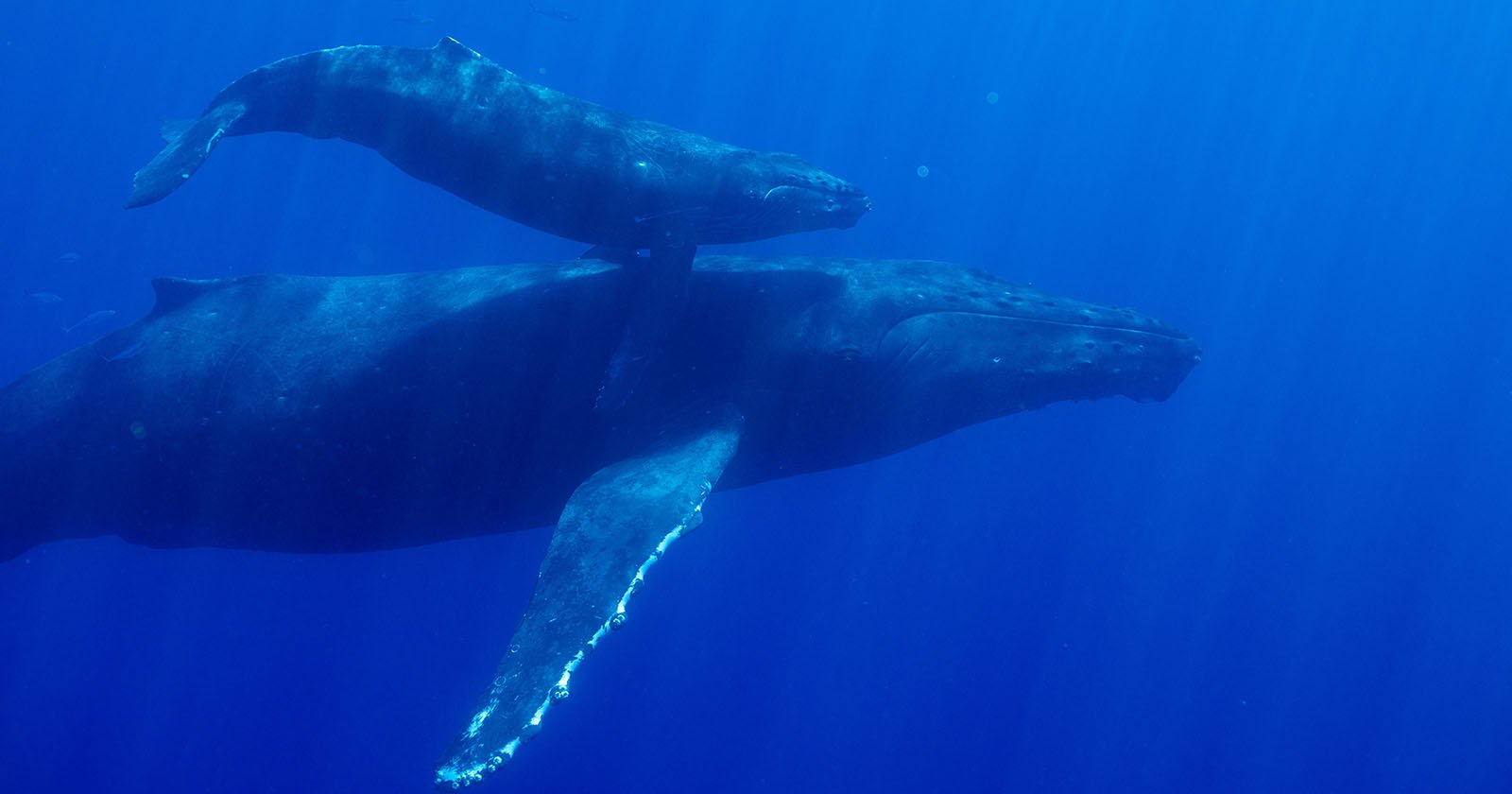
National Geographic’s new television series, Incredible Animal Journeys, follows animals across every landscape in the world as they embark on epic migrations.
The new series, narrated by famous actor Jeremy Renner, features seven episodes and shows that humans are not the world’s greatest explorers, after all. “Millions of animals migrate across the globe every day on paths that have been used for centuries,” writes National Geographic.
Streaming now on Hulu and Disney+, Incredible Animal Journeys shows a diverse assortment of animals, both big and small, ranging from monarch butterflies — the only butterfly known to make a two-way migration — to gargantuan humpback whales.
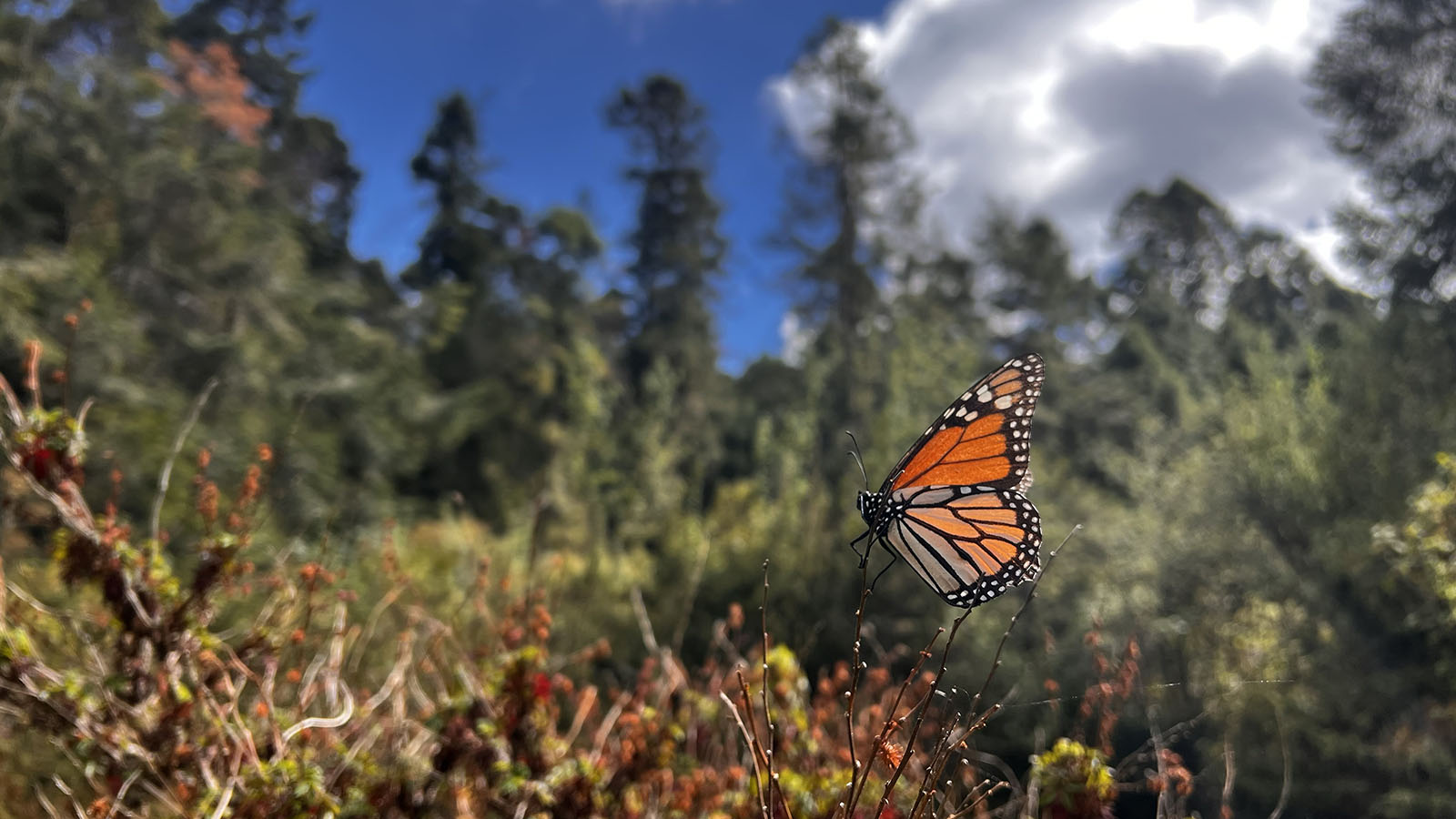
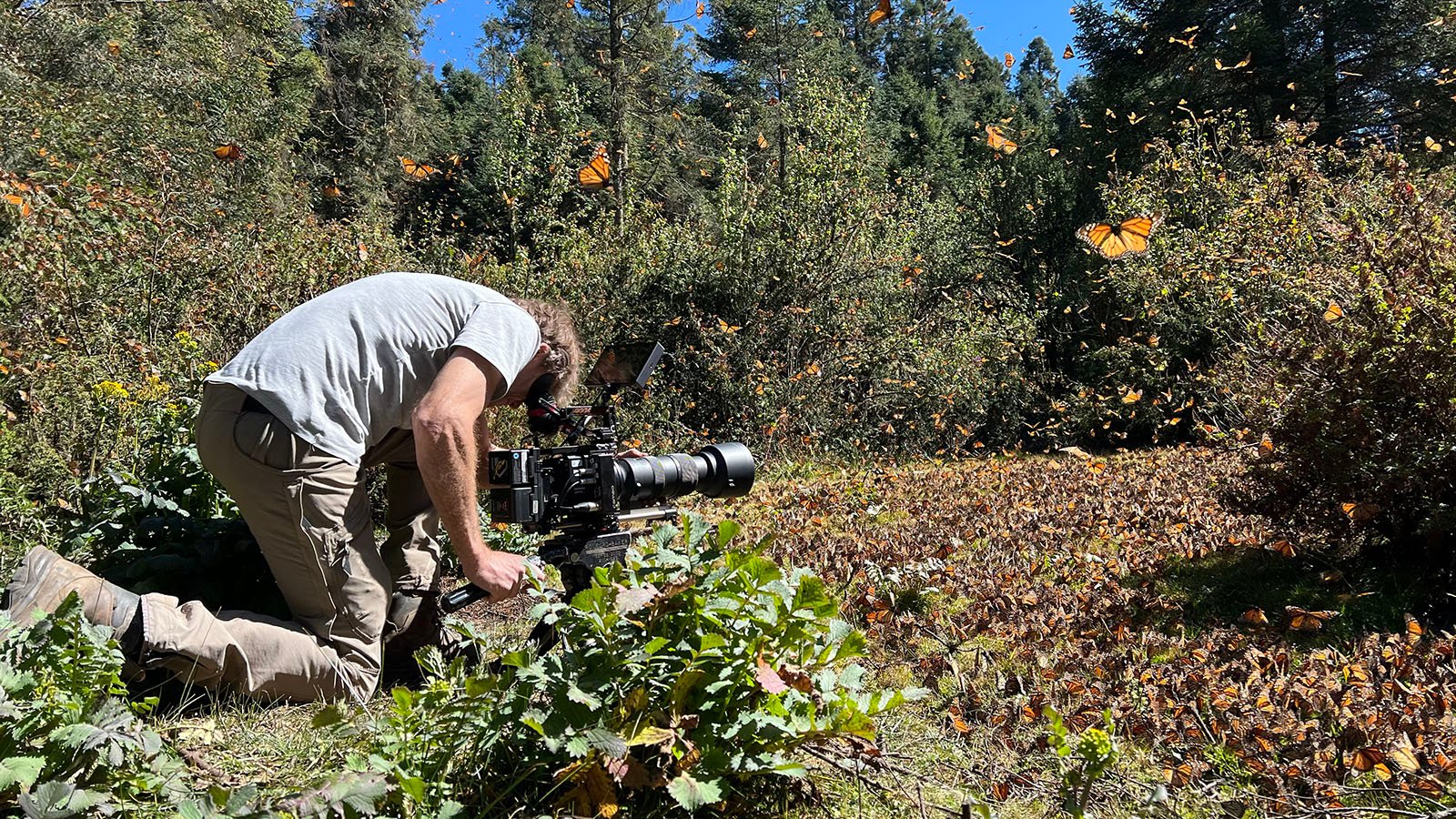
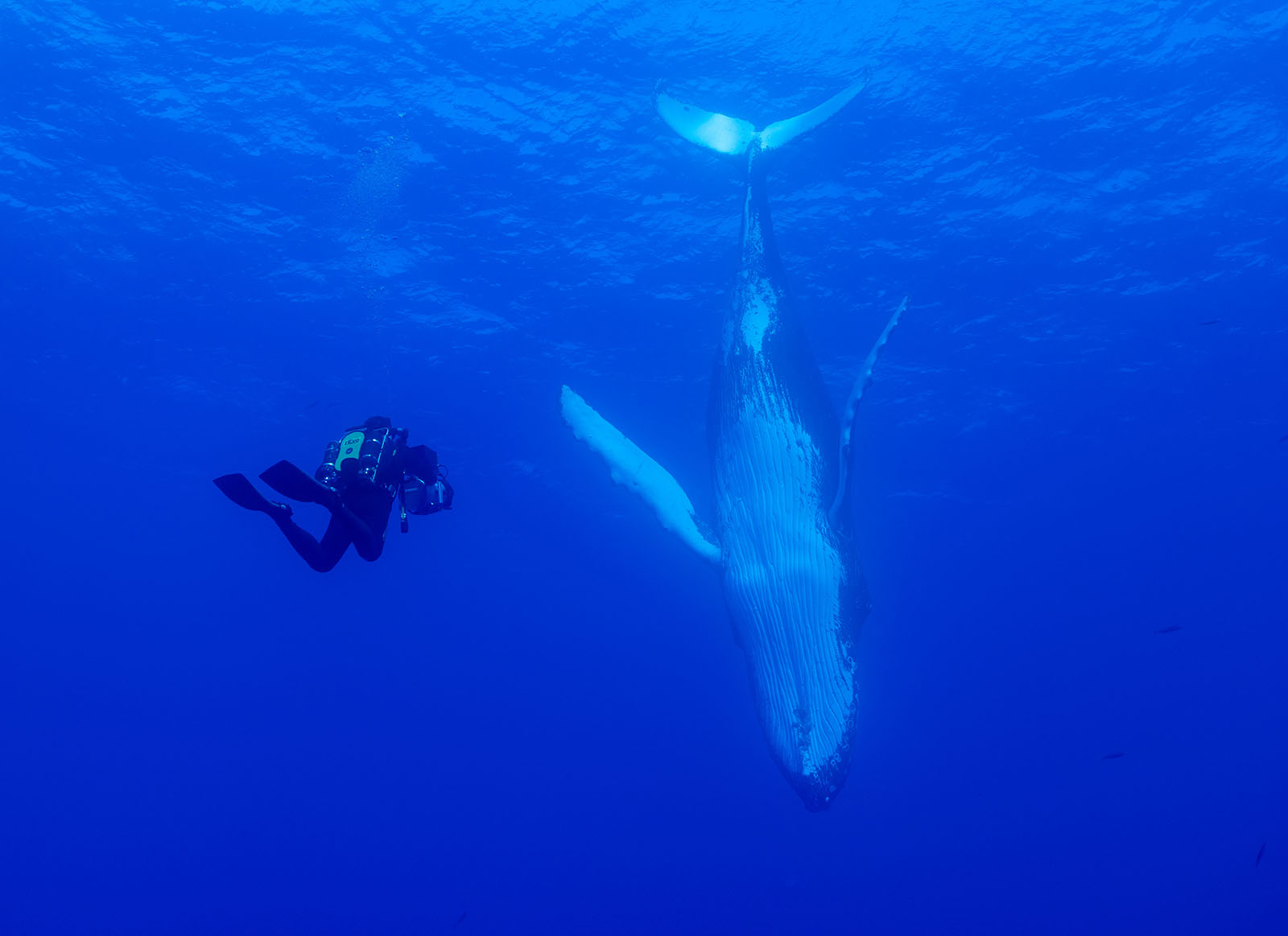
PetaPixel chatted with one of the underwater photographers behind the new series, Kim Jeffries, who explained that one of the significant technical challenges of making Incredible Animal Journeys is not necessarily any specific part of shooting, but the preparation.
“A dive instructor of mine once told me ‘Two is one, and one is none,’ and that sort of adage has always been a running mantra in the back of my head. There’s always months of prep before the field team goes out, and we try to think of solutions for problems we might have preemptively, I love redundancy,” Jeffries explains.
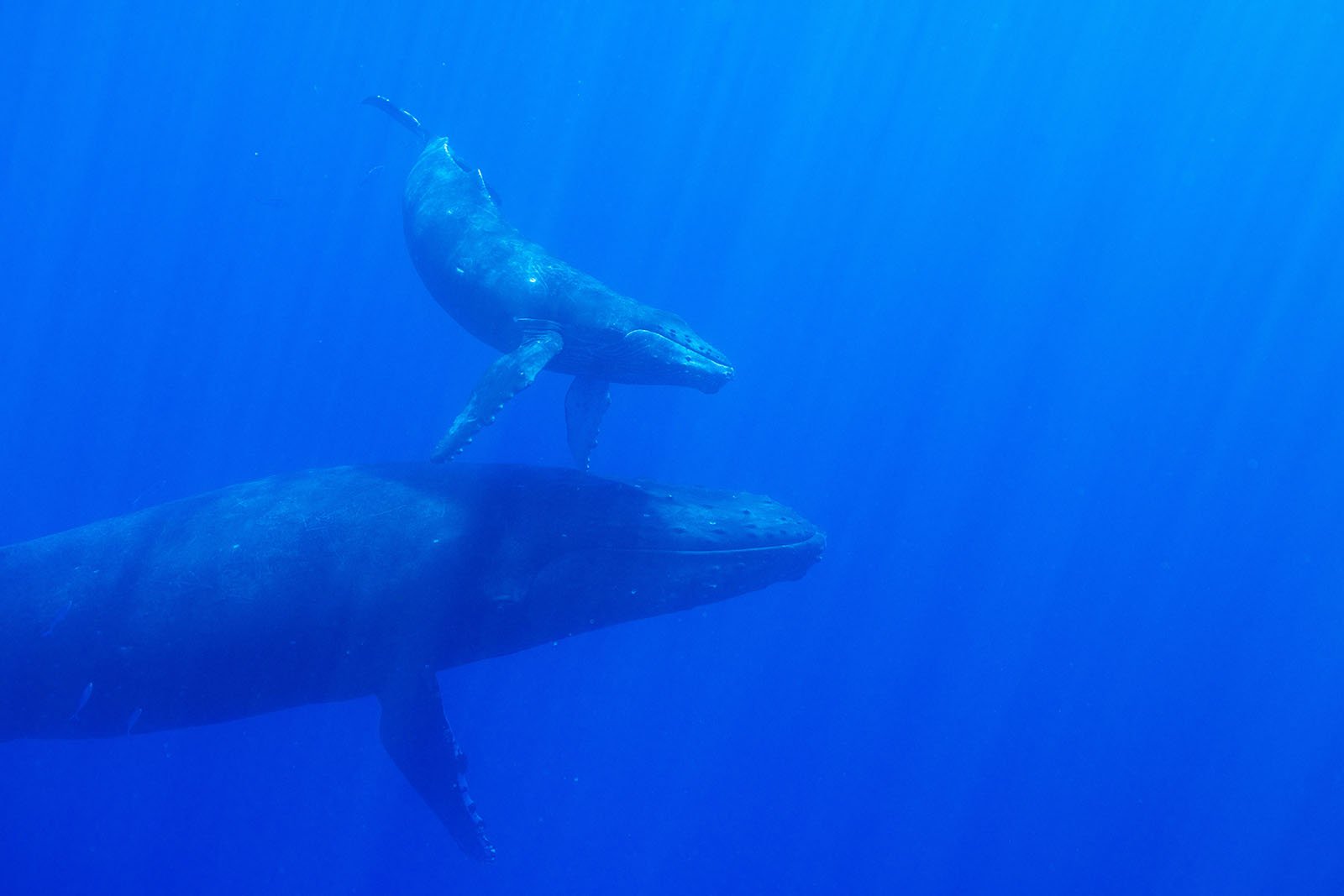
“It’s not uncommon to find us tinkering away at odd hours on kit and from bespoke camera rigs to mental health snacks, we get creative with everything. Everyone on the team is an expert in their field and role, and also in the gear they use. We frequently choose kits based on not just technical specs but on whether or not you can field service it. The coolest piece of tech is useless if you can’t get it to work out in the field.”
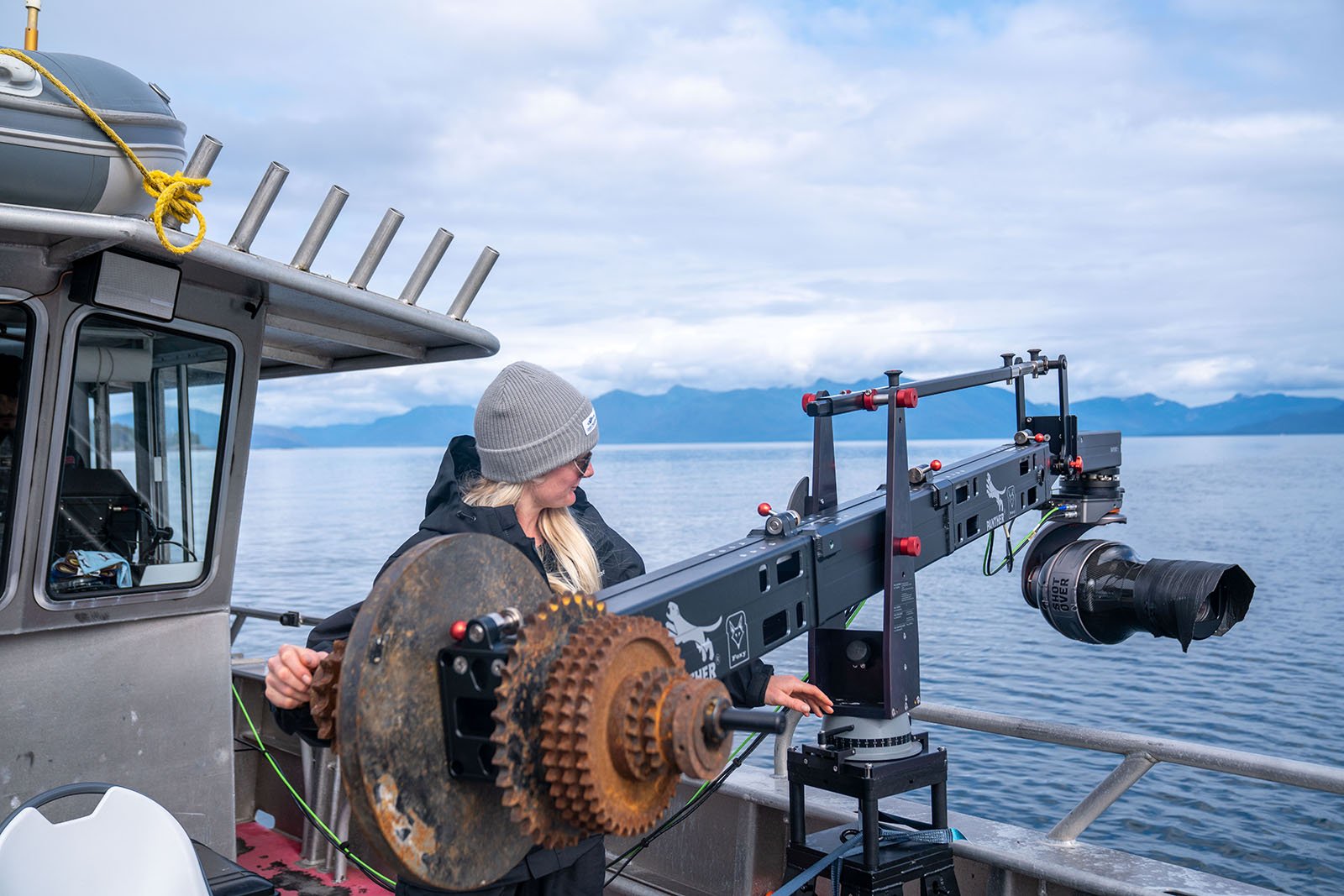
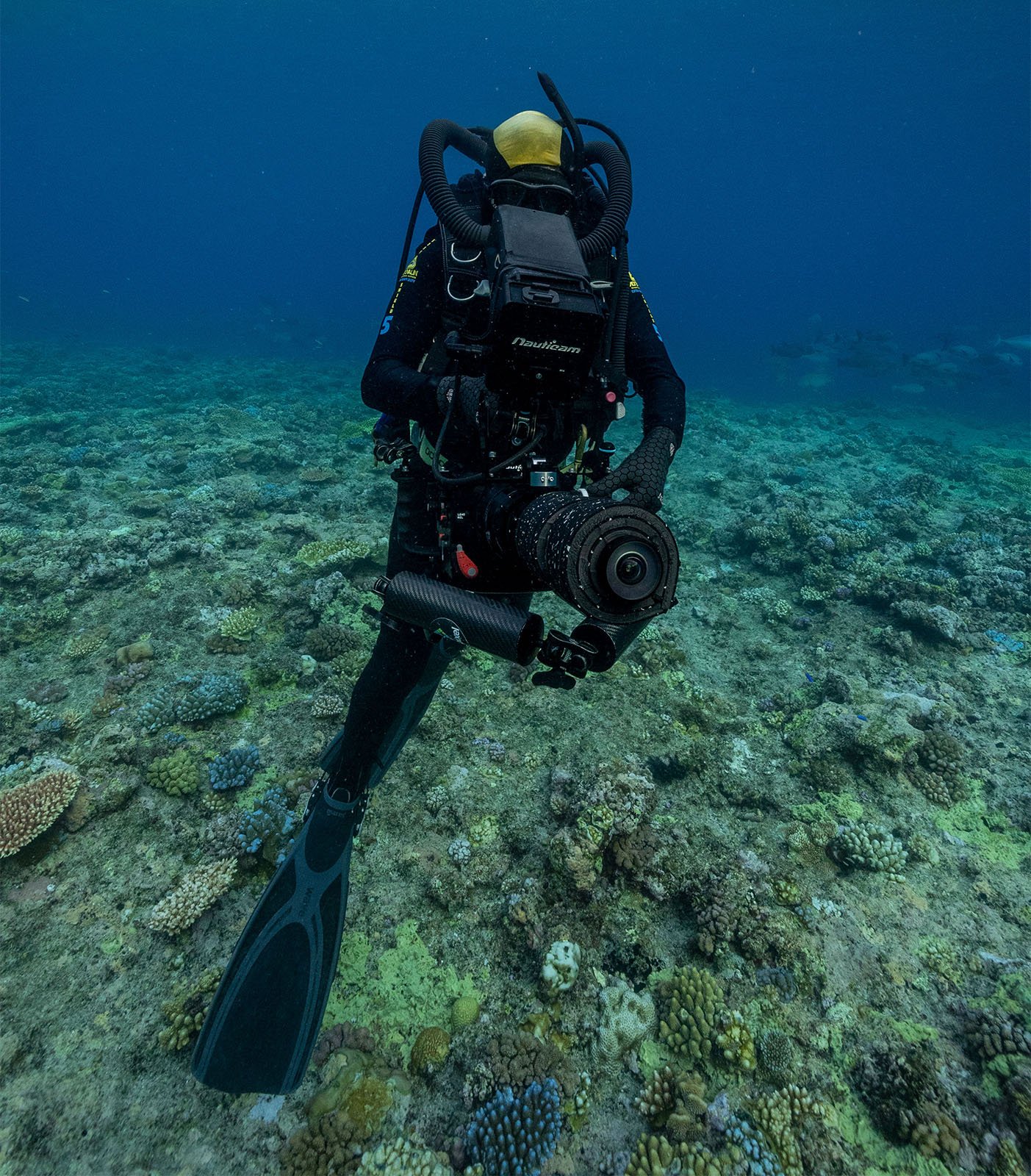
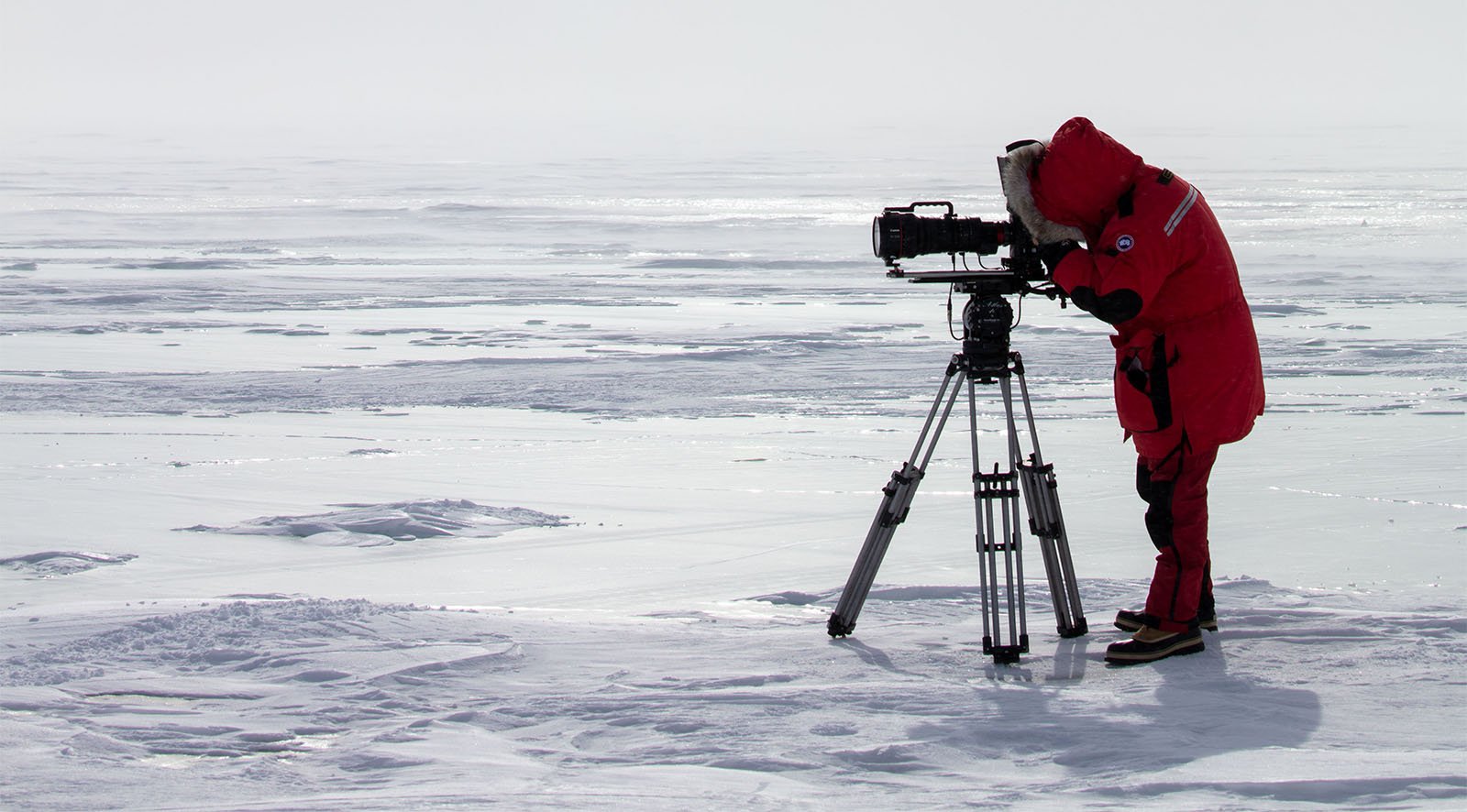
For a series like Incredible Animal Journeys, the photographers and videographers travel worldwide and spend weeks and months in extremely harsh, remote regions. As Jeffries says, cool technology doesn’t mean much if it isn’t operational, so it is interesting to think about the practical factors for working pros out in the field.
As an underwater photographer and videographer, Jeffries has a lot of experience with still frames and motion pictures alike. “I love both disciplines, and like snorkeling or diving, there are certainly overlaps between the two,” she says.
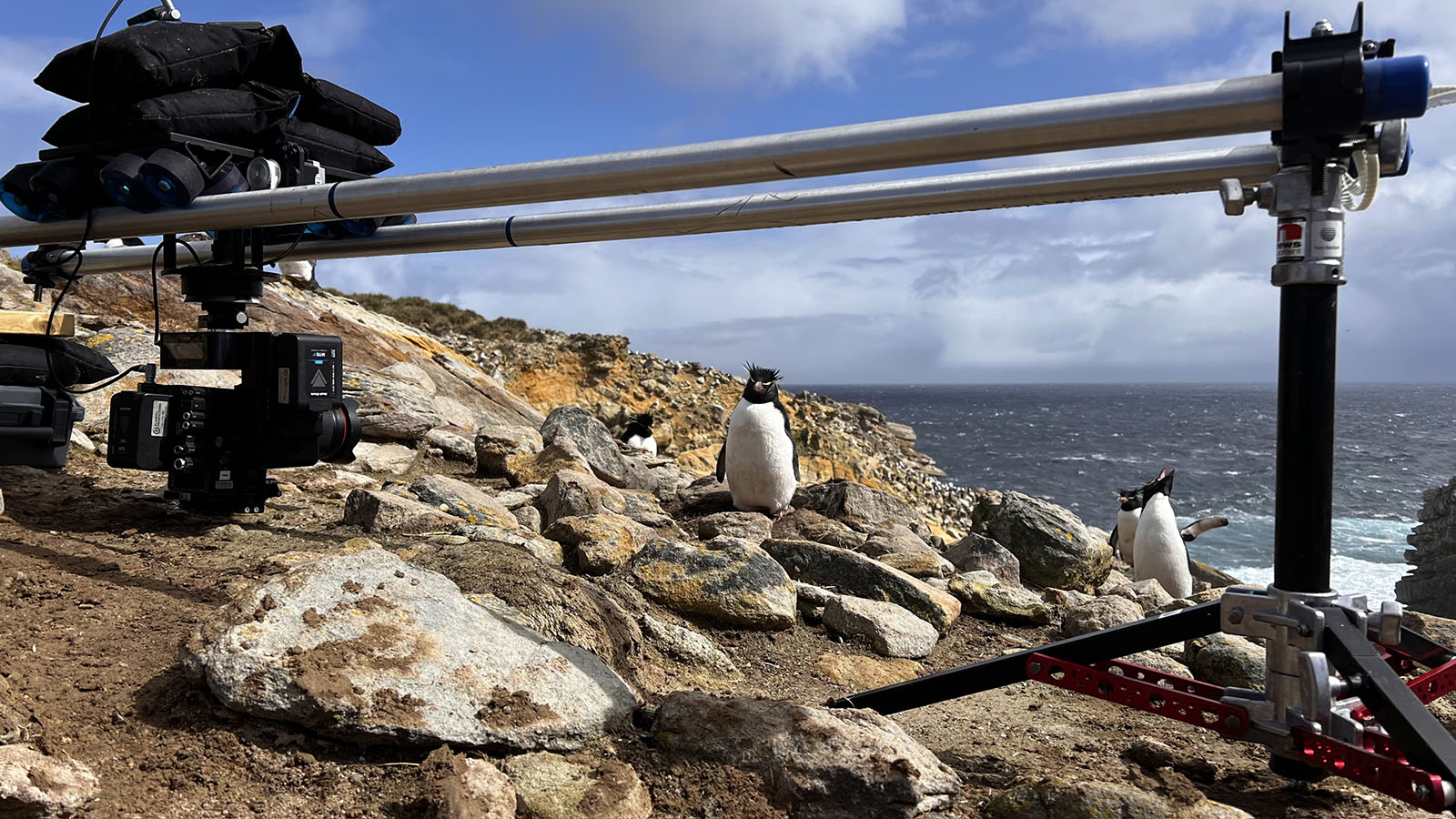
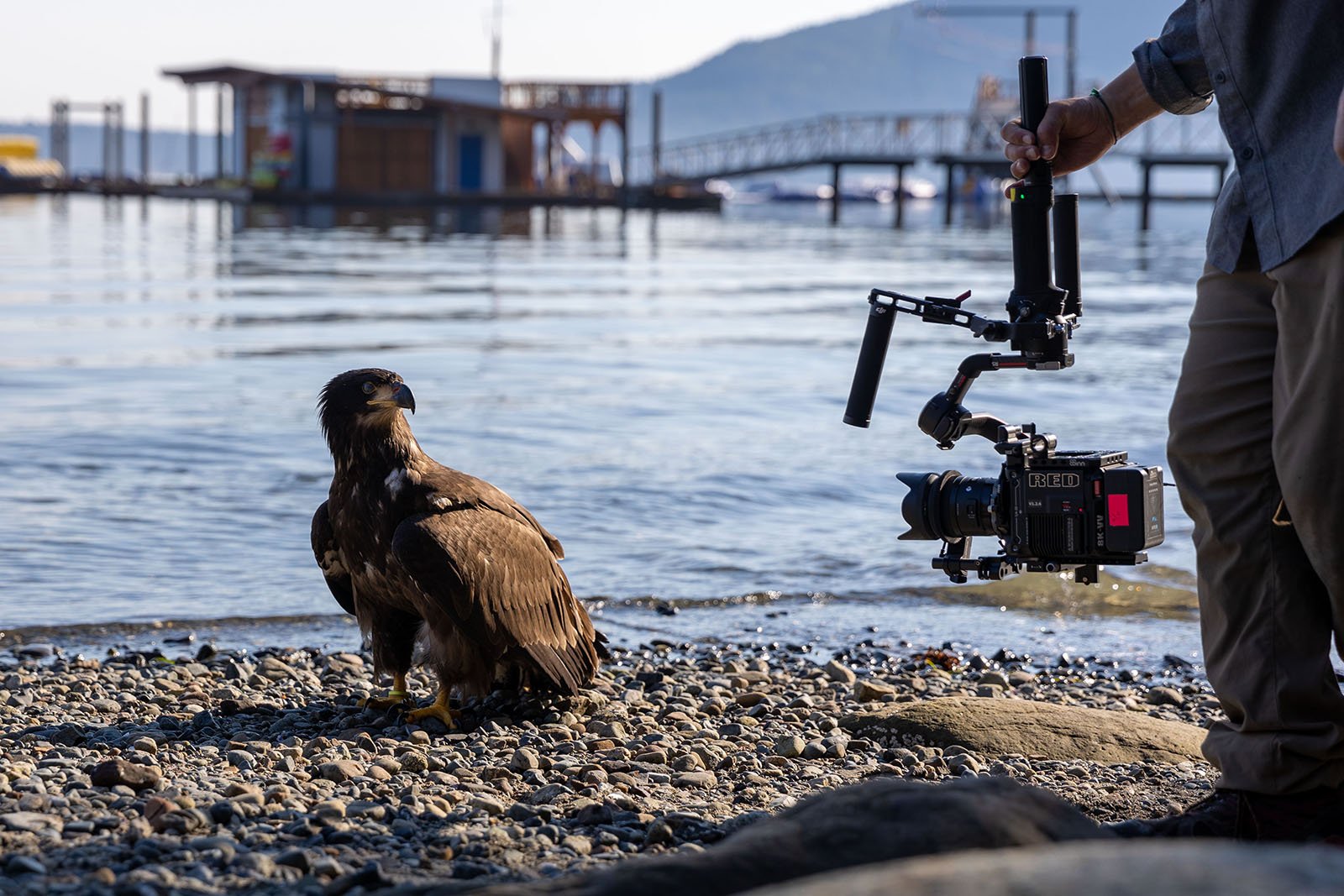
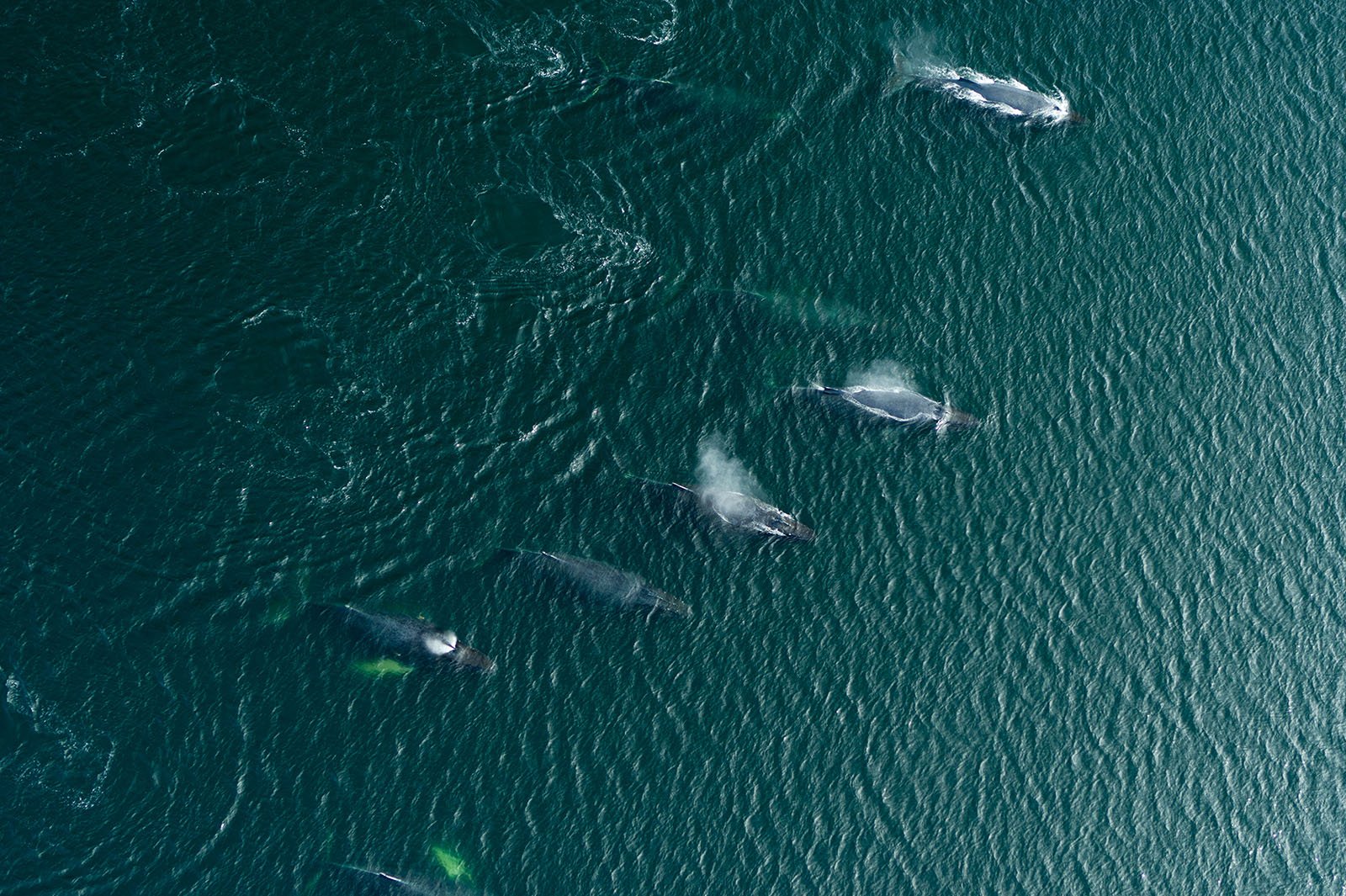
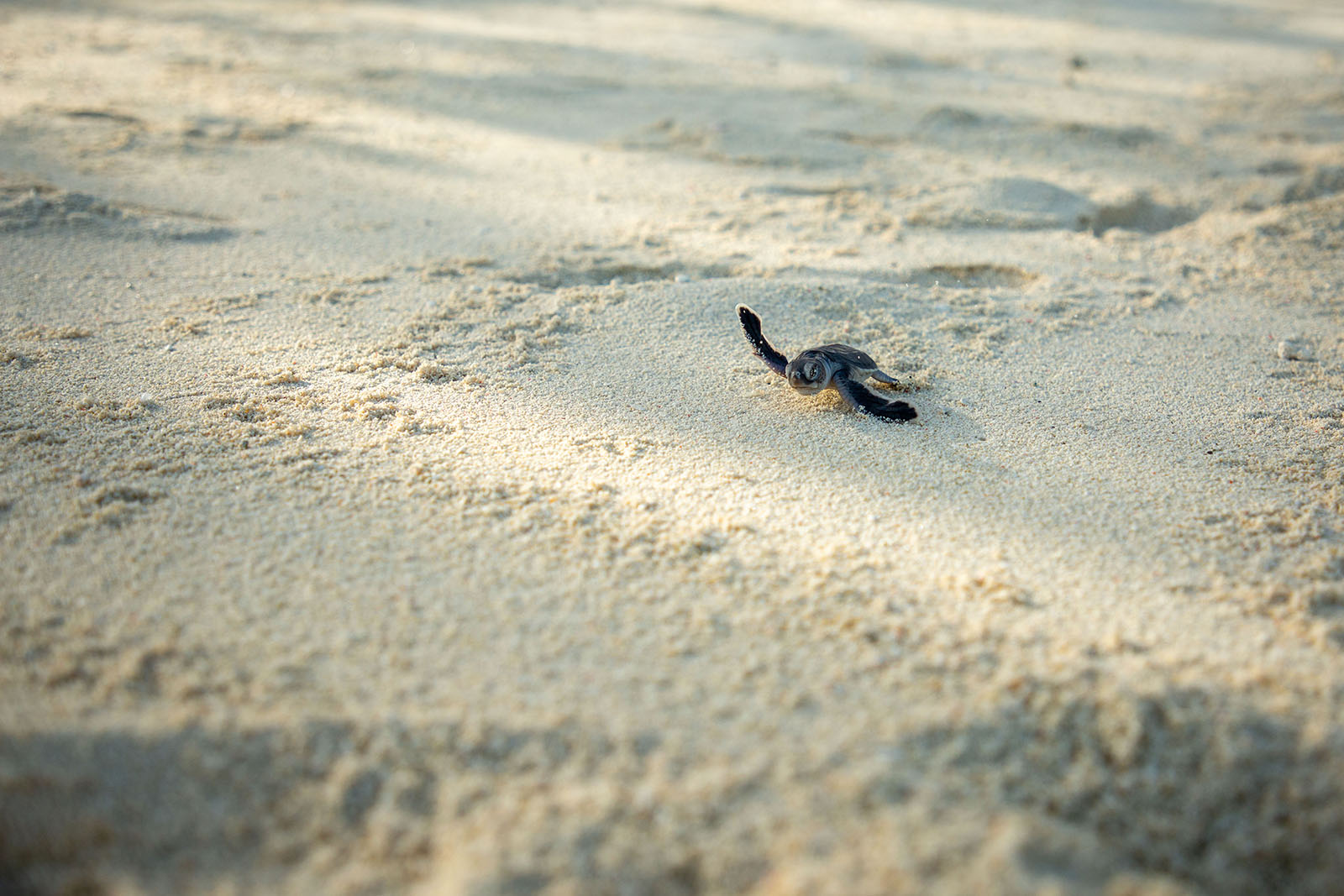
“Sometimes capturing video of an animal just isn’t an option and a quick photo can provide valuable insight for scientists. With motion, however, it’s a lot harder to lie, there are fewer stolen moments. I also find that motion tends to lead the audience on a journey, whereas photography invites the viewer to construct their own,” Jeffries explains.
She also cites the team aspect of creating video, which differs from still photography. “I’m also quite fond of the team aspect behind creating film. It’s really something beautiful to see a series like Incredible Animal Journeys come to life, it’s a collaboration of years of effort and love by a huge collective of people across the world.”
While Jeffries emphasizes the importance of reliable gear that is easy to repair, that doesn’t mean she doesn’t use incredible equipment. “My main tool is a RED Raptor in an underwater housing,” Jeffries explains.
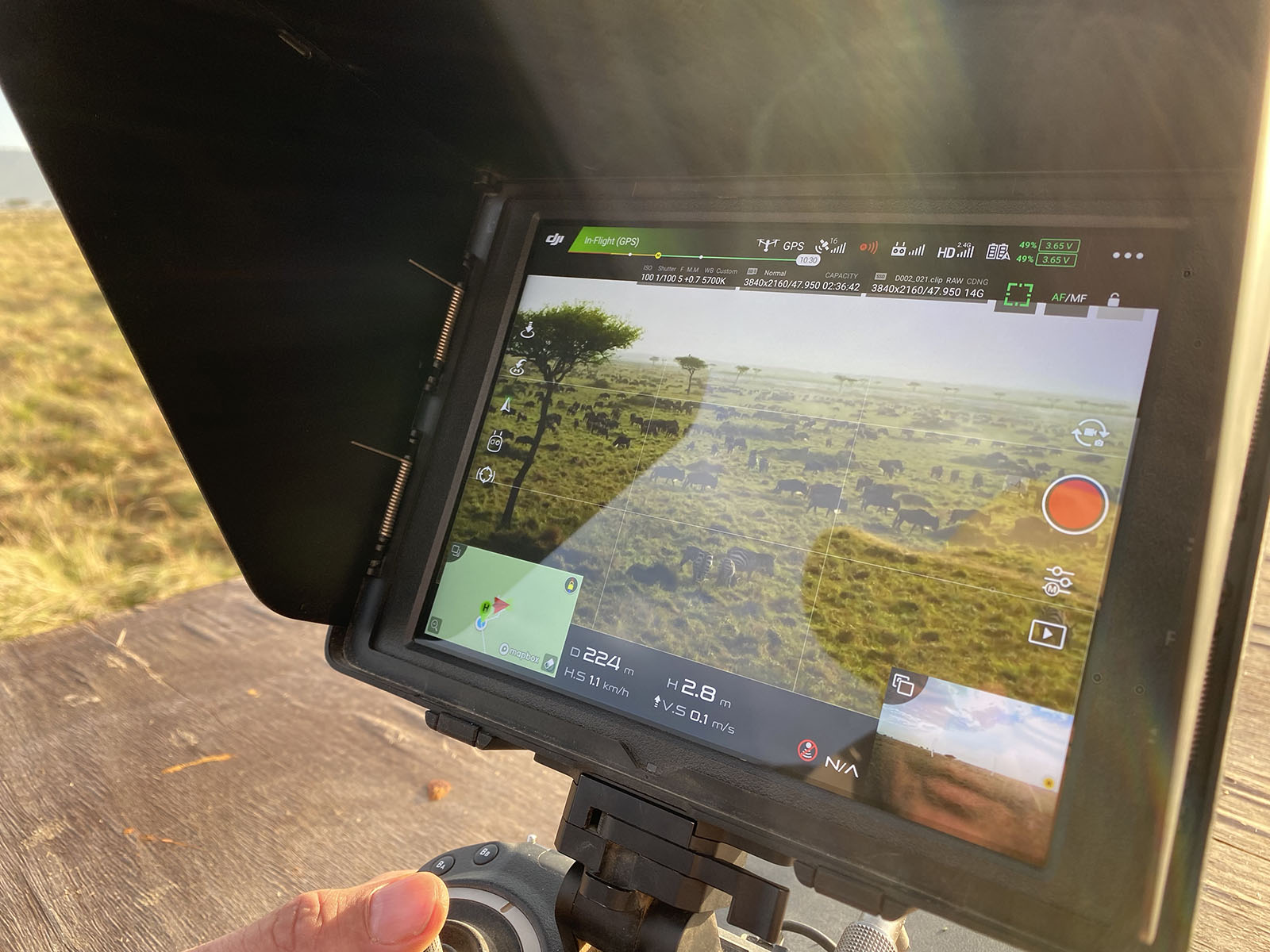
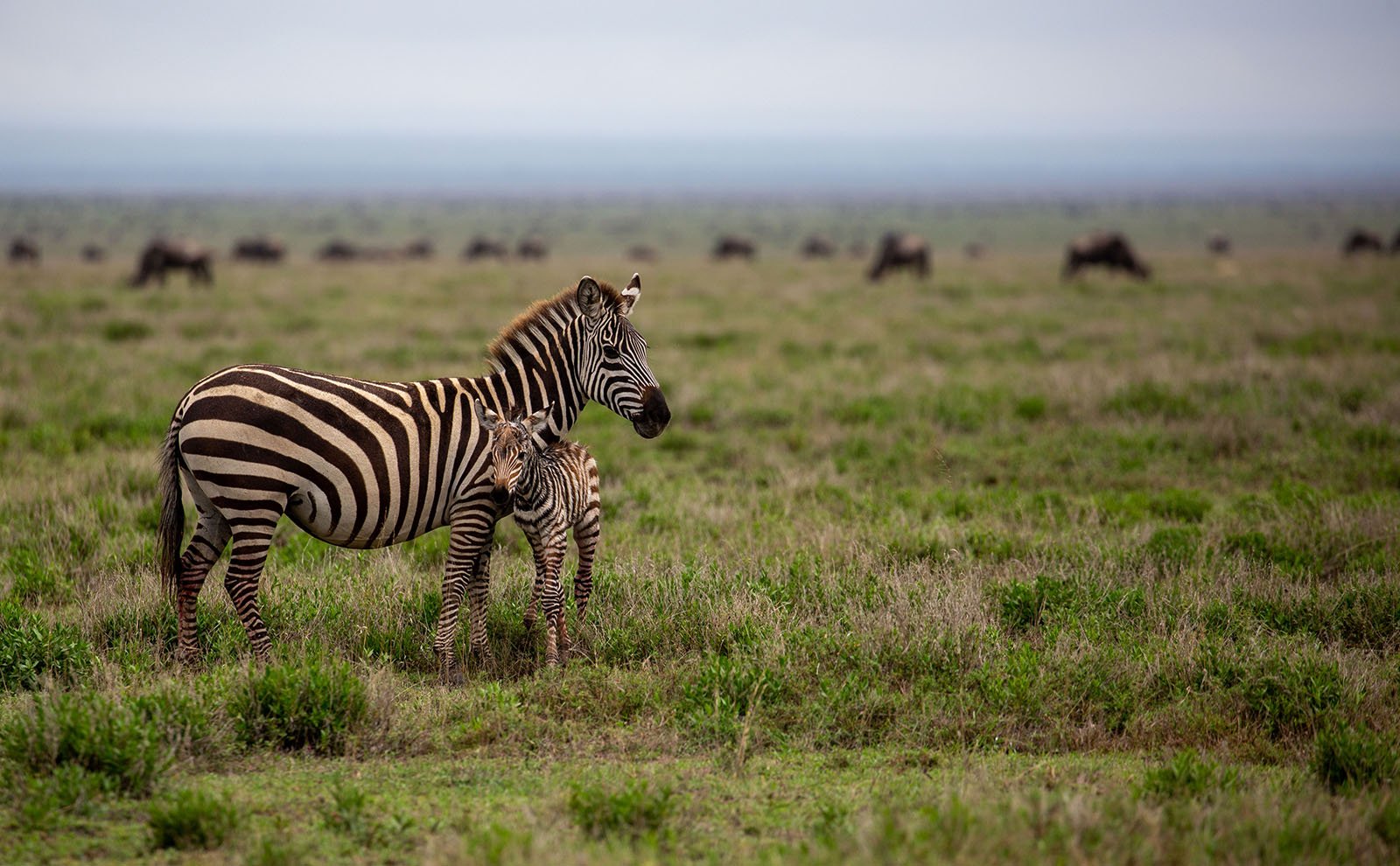
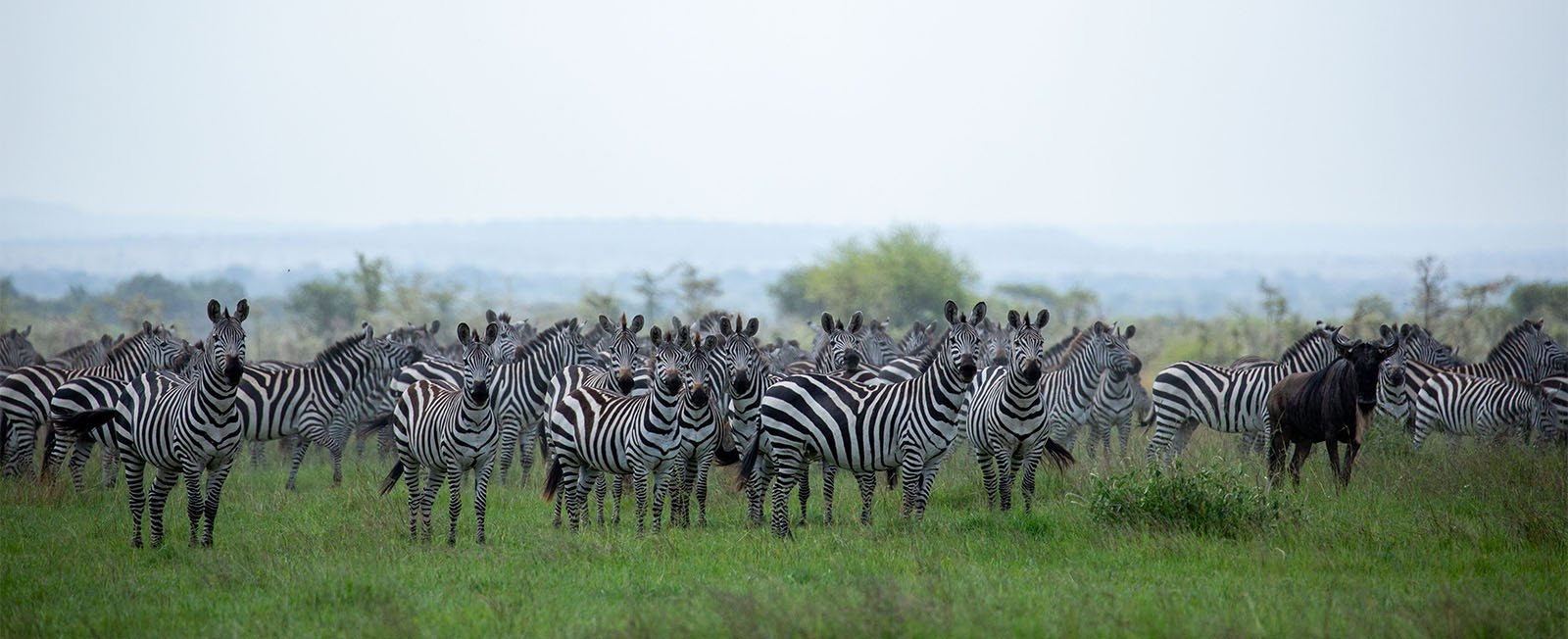
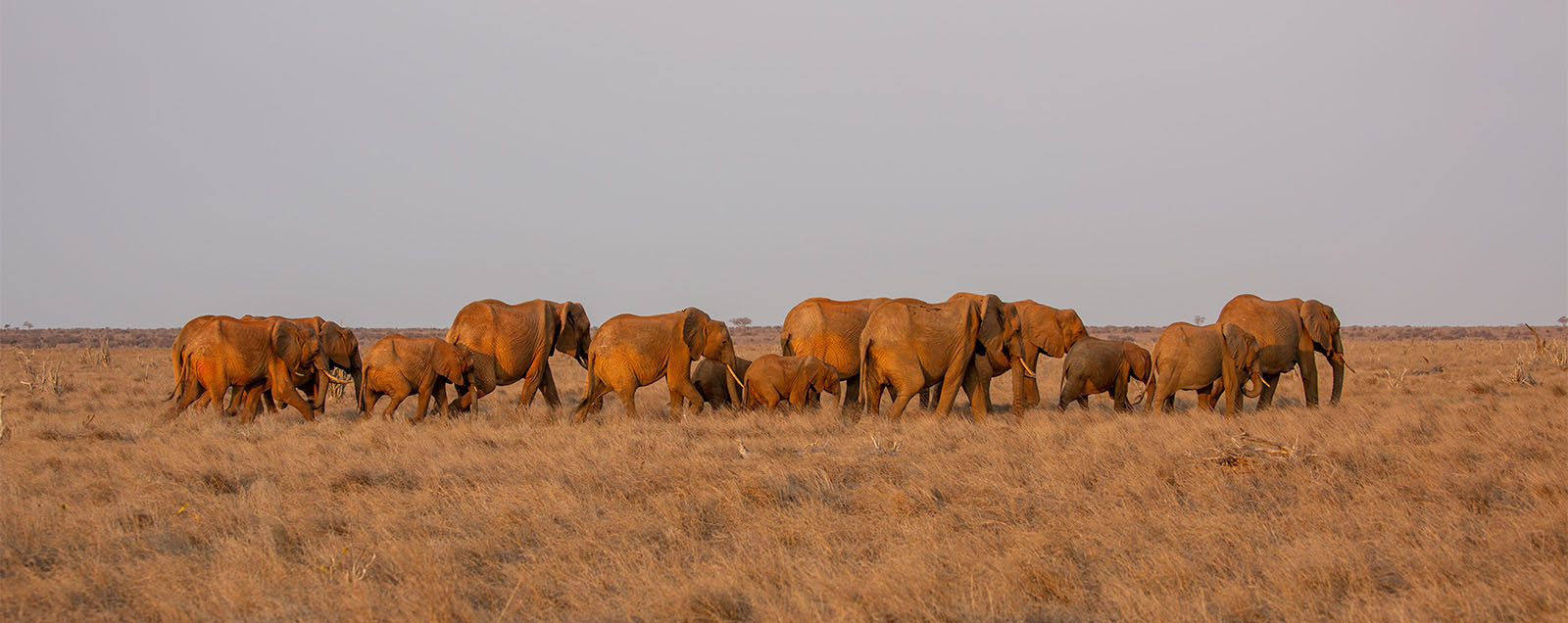
She also notes that her colleagues use a lot of exciting equipment and tech. For example, Connor Gallagher, a drone operator, uses his aerial gear to spot animals and help everyone else on the team be more efficient. Operators also used specialized tags on animals like turtles and sharks to deliver first-person perspective footage to viewers. The continued miniaturization of cameras has massive benefits for shows like Incredible Animal Journeys.
Having spent a lot of time in and around water, including oceans that are under massive threat because of climate change and other human-related activities, Jeffries thinks it’s challenging these days to tell stories about nature that don’t touch on climate change or other conservation topics.
“Although some of this footage is sad, it’s important to talk about these issues because they’re real, they’re unfortunately increasingly common, and ironically, without more human intervention, we’ll continue to lose more of our species,” Jeffries explains.
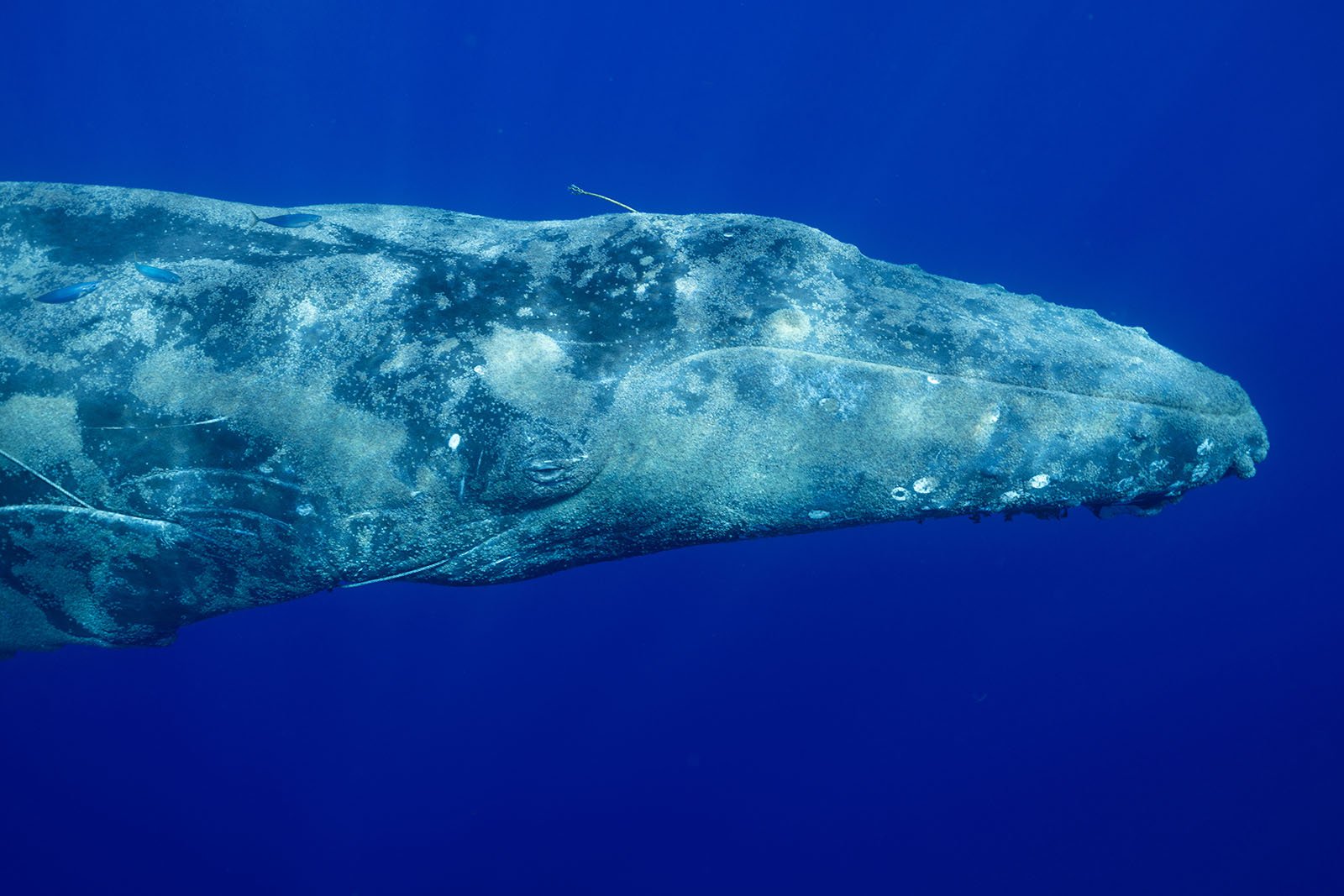
Unfortunately, the human influence on animals can sometimes be devastating to watch. “I don’t think I’ll ever forget the feeling of gut-wrenching grief looking into the eye of the entangled humpback as she looked back at me. A feeling of profound sorrow and a sense she knew her time was ending. The NOAA disentanglement team, led by Ed Lyman, had already freed her of as much line as possible, making her more comfortable, but too much time had passed. It was hard. We’re all here because we’re passionate animal and nature lovers, but as such, it’s also our responsibility to show the truth about what’s happening in the ocean, what animals are really facing out there. You can’t, and shouldn’t, tell a nature story and ignore reality anymore,” Jeffries explains, adding that she was provided some solace by seeing other whales support the tangled whale and stay with her until she passed. This moment of compassion by the other whales may help move people and make them more conscious of what they put into the ocean, which may save future whales from such a horrible fate.
It is sometimes good news, too. Jeffries also saw a whale birth in the field, which “provided a completely different experience.”
“When Captain Lee James suggested we track a slow-moving comp pod, confirmed by our drone cameraman, Connor Gallagher, I thought it was going to be an easy few passes. Little did I know DP Didier and I would be swimming for the next four hours in the water, the only two divers to ever film the birth of a humpback whale,” Jeffries says.
“It really was chaotic with the males chasing the female in labor and blowing bubbles to block each other. Luckily, by that point, 30 long days in a wetsuit later, we had become a well-oiled team.”
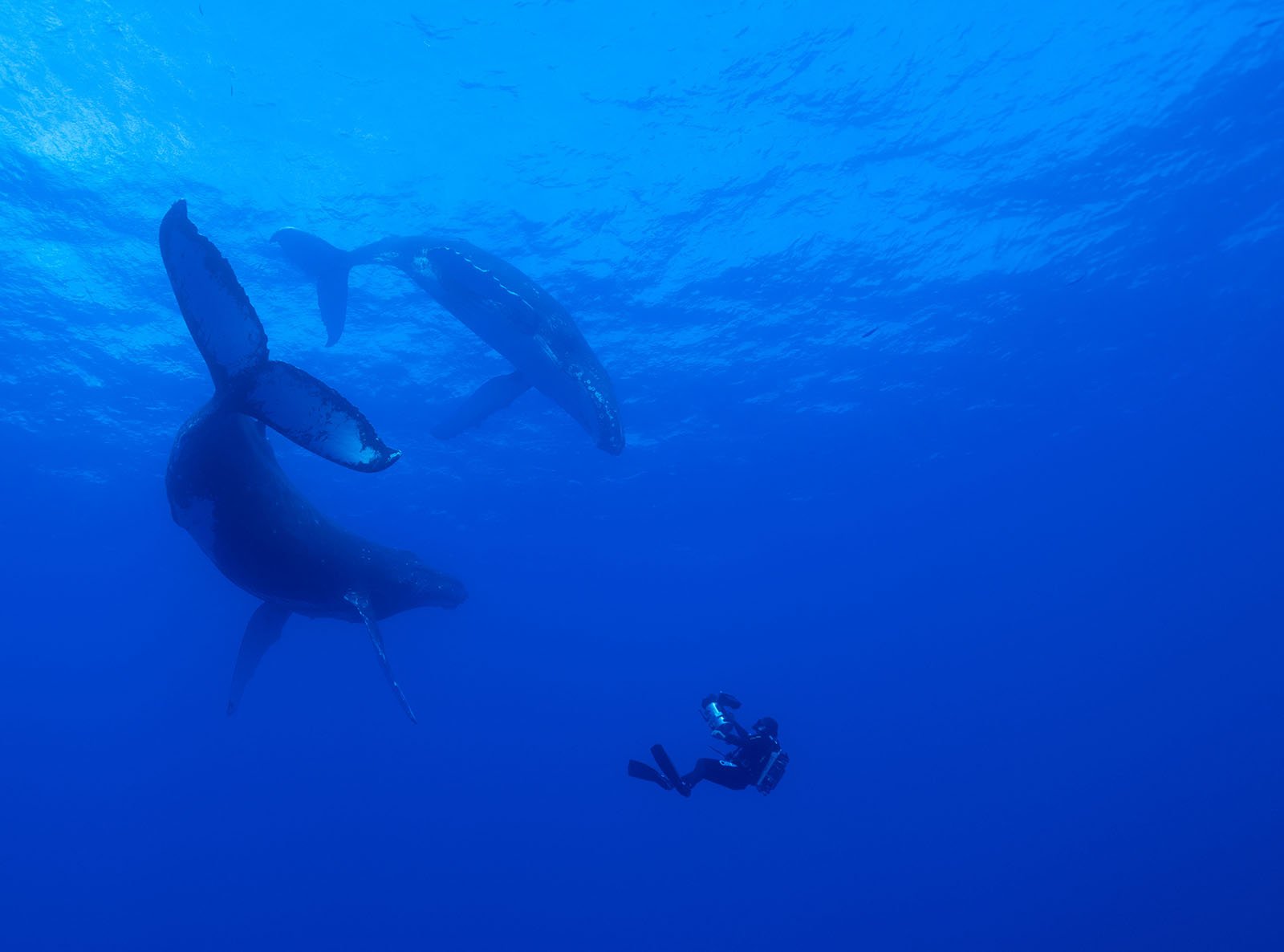
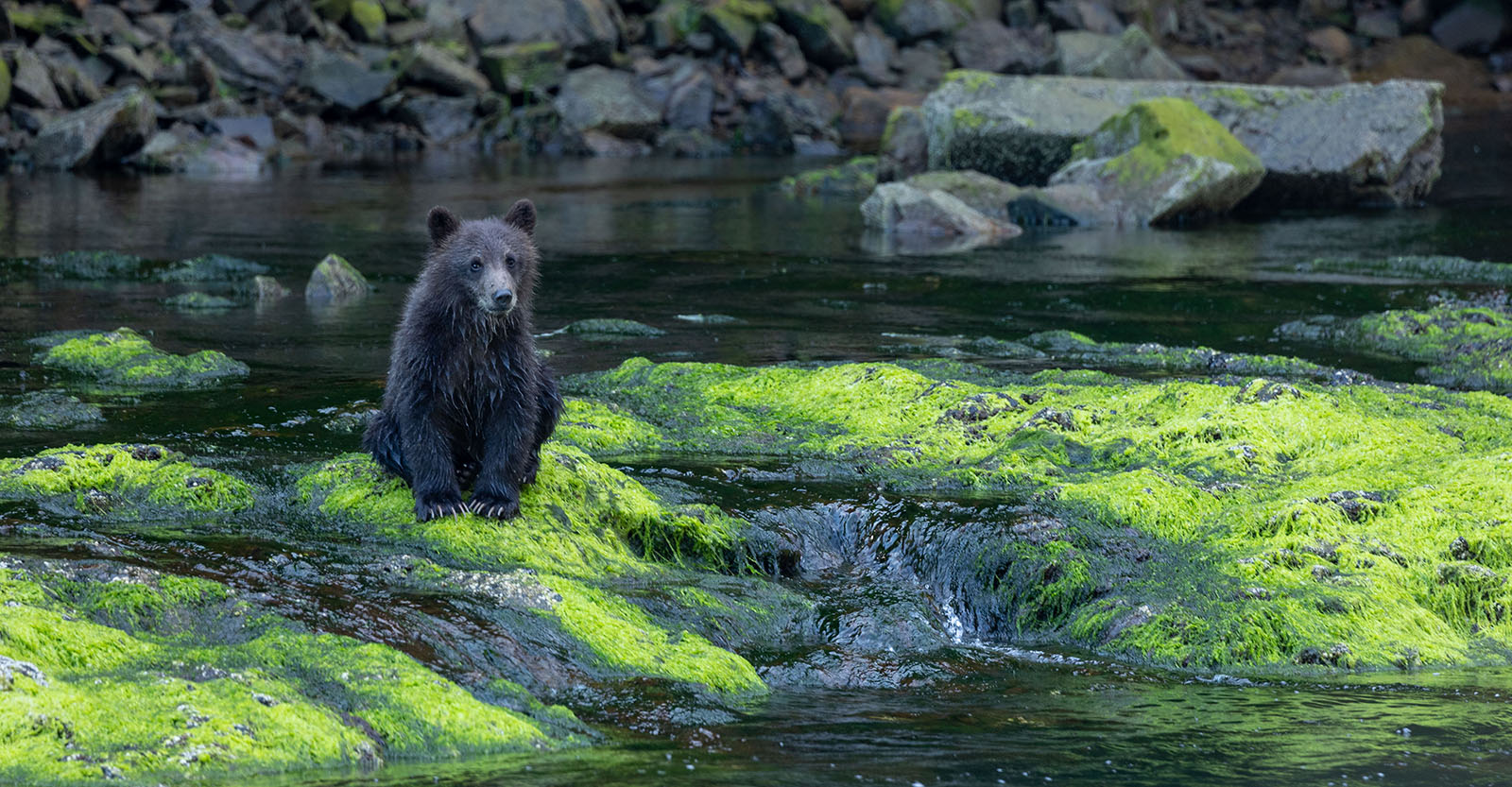
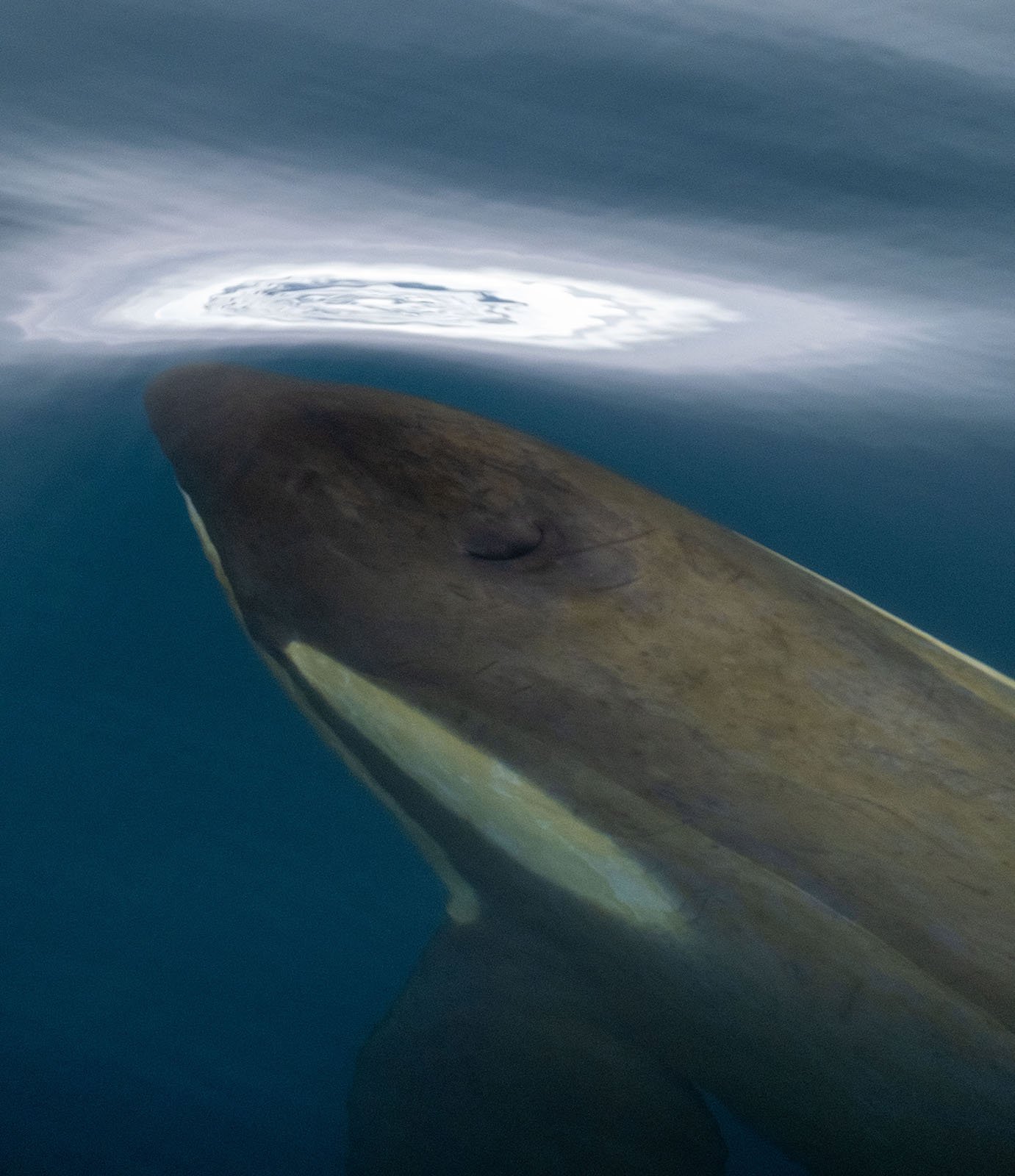
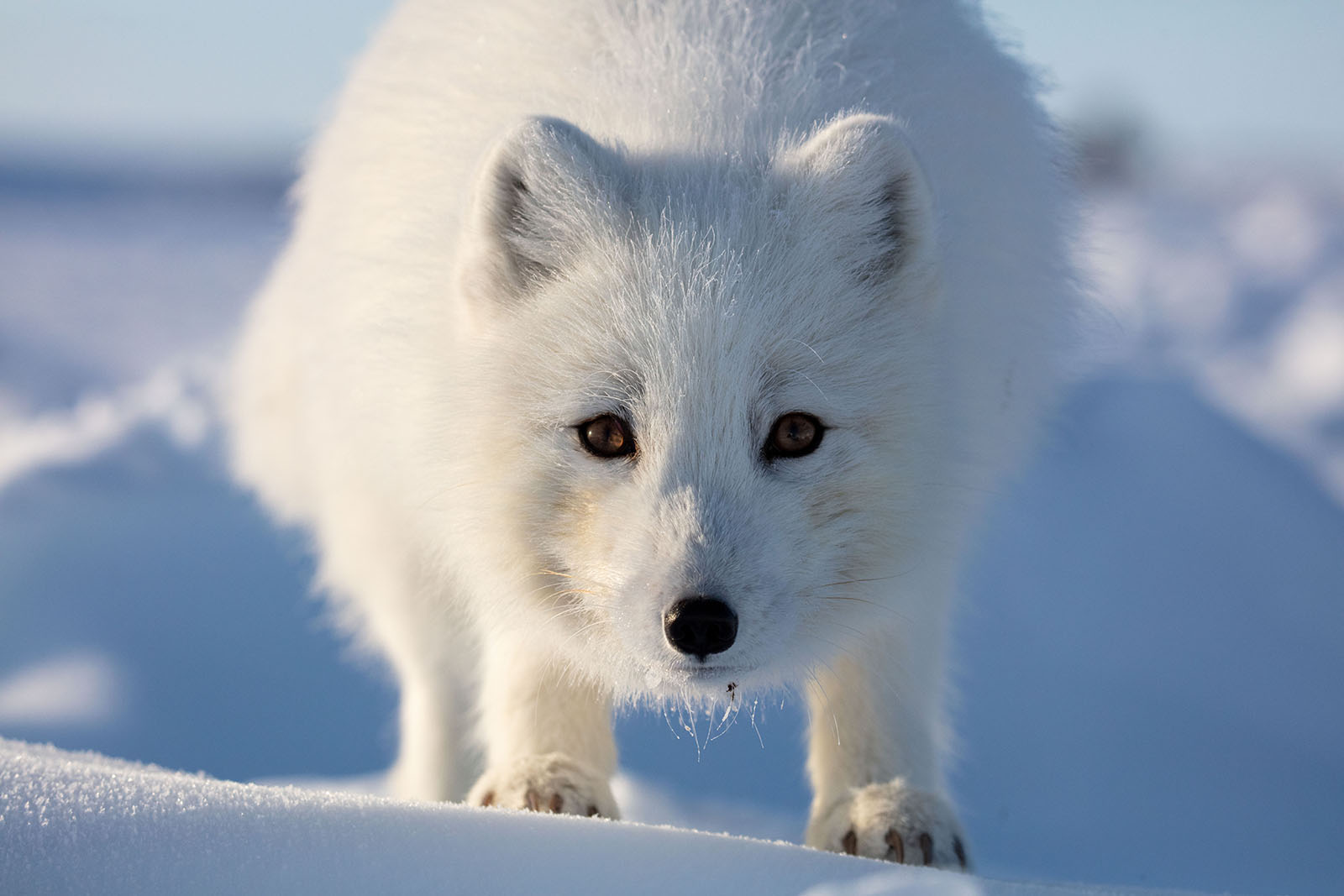
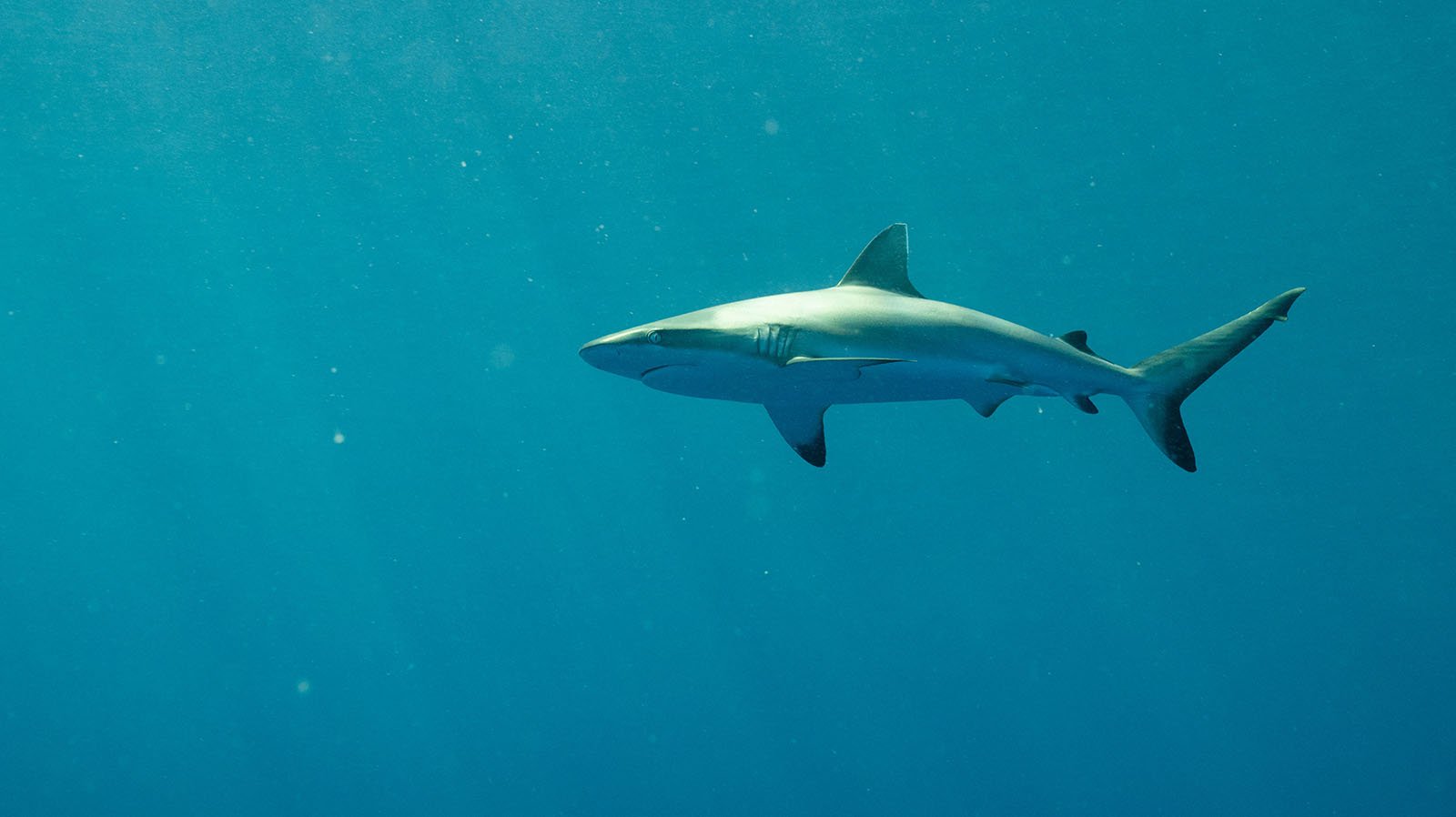
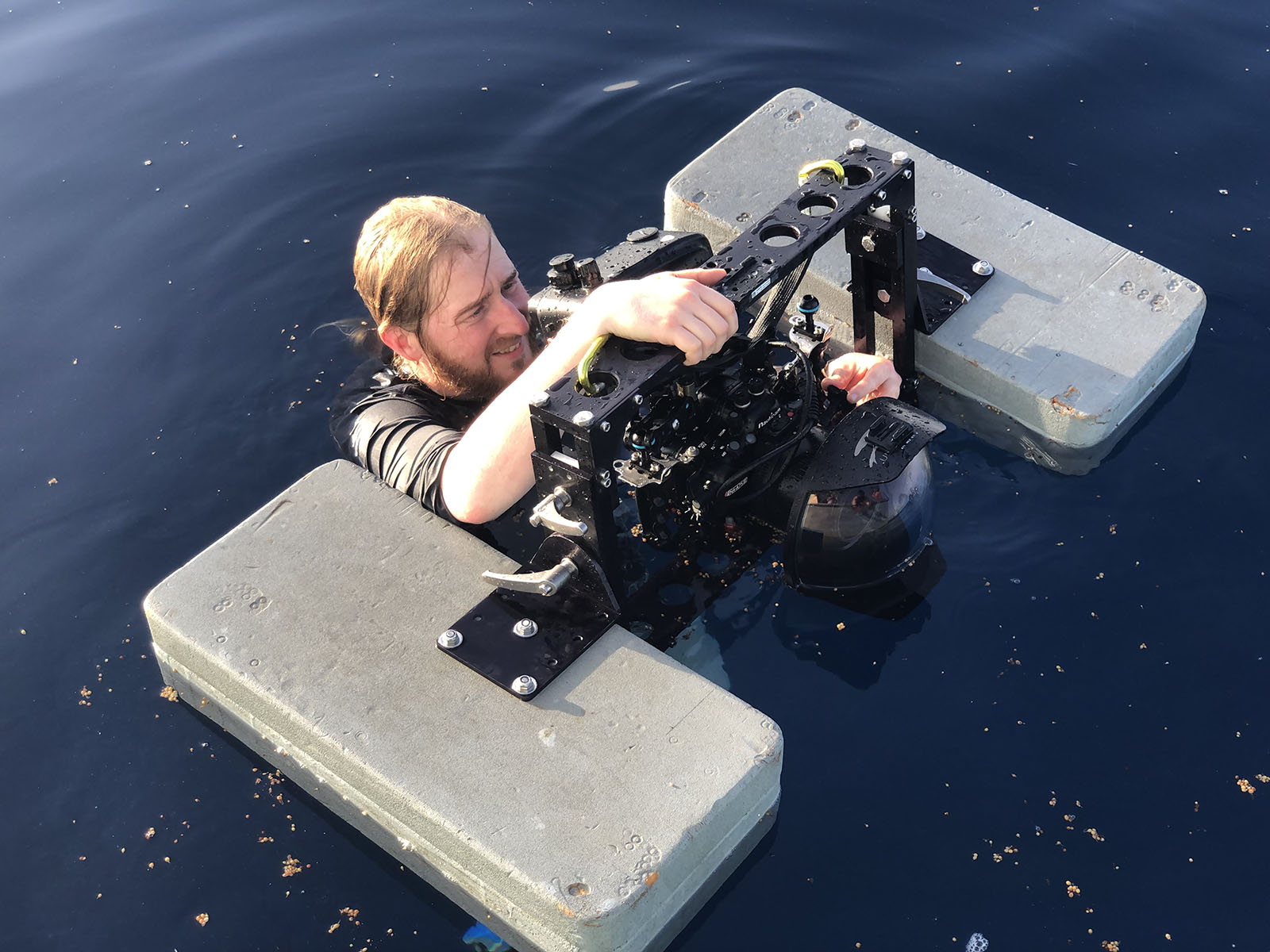
“Our field director, Paul Satchell, juggled all the moving pieces of having Didier and I in the water, multiple cameras, drone flights, and we even lucked out that day with our awkward lowlight camera, which quite honestly I had gotten rather tired of endlessly carrying around and not using, helping us capture shots even past sunset of the newborn baby and brand new mum.”
Jeffries adds, “They circled twice, and I’ll never forget how utterly unblemished this brand new life was.”
Alongside the wonder of witnessing the start of a new life and the tragedy of a whale lost to human pollution, Jeffries and the rest of the Incredible Animal Journeys team saw a lot of unforgettable moments. The entire series is now available to stream on Hulu and Disney+ and is a must-watch for anyone passionate about nature and wildlife.
Image credits: All images and captions from “Incredible Animal Journeys” have been provided courtesy of National Geographic.
